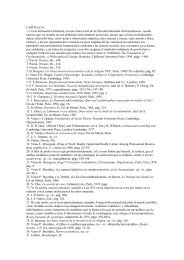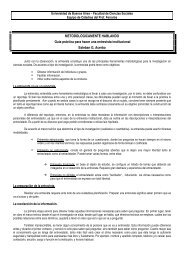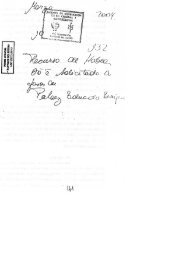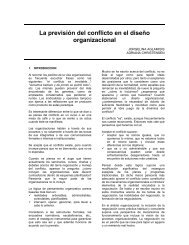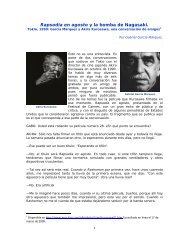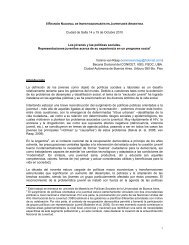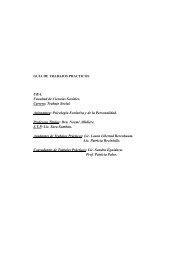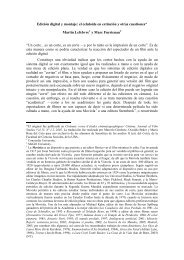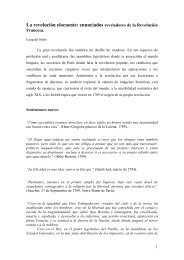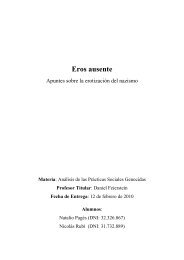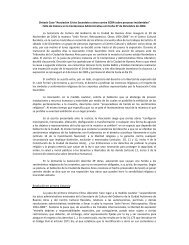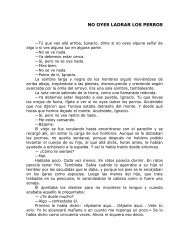Charisma Reconsidered
Charisma Reconsidered
Charisma Reconsidered
You also want an ePaper? Increase the reach of your titles
YUMPU automatically turns print PDFs into web optimized ePapers that Google loves.
18<br />
leads to the creation of a system of norms according to which certain actions are<br />
permanently taboo. Totemism arose through the association of particular taboos<br />
and particular animals in which spirits were believed to reside.<br />
We may leave aside the question of the truth of this reconstruction, other<br />
than to say that it has the same problems as charisma – what one needs is an<br />
explanation of culturally specific ideas of spirit, contagion, and so forth, in terms<br />
of something more basic – to consider Steiner’s version of the same facts. He<br />
begins with danger:<br />
. . . all situations of danger, not merely those created by taboo-breaking,<br />
are socially or culturally defined, and it is precisely this relation between<br />
the defined danger and the restrictive pattern [i.e. of taboo] which we<br />
should study in each case. For until taboos are involved, a danger is not<br />
defined and cannot be coped with by institutionalized behavior.<br />
(1967 [1956]: 146)<br />
So taboo is itself a means of, or a preliminary to, coping, which works like a theory<br />
about the risks in the world. Interdictions state the theory.<br />
Danger is narrowed down by taboo. A situation is regarded as dangerous:<br />
very well, but the danger may be a socially unformulated threat. Taboo<br />
gives notice that the danger lies not in the whole situation, but only in<br />
certain specified action concerning it. These actions, the danger spots, are<br />
more challenging and deadly than the danger of the situation as a whole.<br />
(1967 [1956]: 147)<br />
Taboo, in short, does not come from a prior belief in a danger: danger is already<br />
there as part of an undifferentiated reality. Rather it is a combination of two<br />
things: a localization or specification of danger (including dangerous persons), a<br />
notion that is meaningless without abstentive behavior. So localization and<br />
specification and then abstention and interdiction are responses to danger that are<br />
in turn basic to culture itself, found wherever there is culture, and constitute<br />
culture. Contagion is part of this story too, since the classification of transgressions,<br />
which, through contagion, bring the dangers to others, also amounts to a<br />
theory of unknown risks that employs a device – contact – that is a source of risk<br />
that serves to specify and define danger.<br />
By treating risk-defining interdiction itself as basic, Steiner avoids the<br />
problems Weber creates for himself by identifying charisma with ‘baffling success’<br />
and then being faced with the problem of explaining how ‘authority’ could<br />
possibly be produced out of the fact of success alone. With taboo we reach degree<br />
zero: the fact of undifferentiated danger as the problem that taboo solves. Taboo<br />
is also the origin of authority. The personal power of imposition of taboos is the<br />
basic form of power in the Polynesian societies in question. It is grounded in<br />
JOURNAL OF CLASSICAL SOCIOLOGY VOL 3(1)



